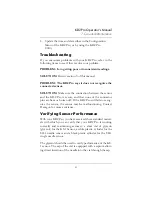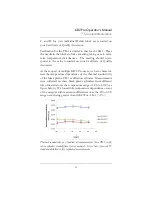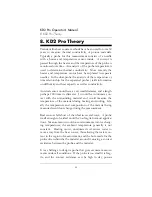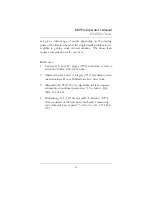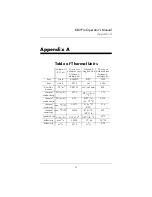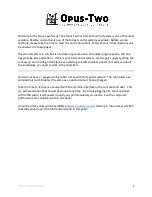
48
KD2 Pro Operator’s Manual
6. Measuring Liquids
• In liquid samples, the KS-1 sensor needle should be ori-
ented vertically during the measurement to help prevent
free convection.
• Never use the KS-1 sensor in high power mode in liq-
uids. The sensor must be configured in low power
mode to prevent free convection.
Liquid Sample Temperature Control
Often it is desirable to control the temperature of the liquid
sample above or below ambient temperature during thermal
properties measurement. It is important that the act of heat-
ing or cooling the sample doesn't cause forced or free convec-
tion as mentioned above. There are several things that should
be avoided when measuring thermal properties of heated or
cooled samples.
• Do not heat the sample from the bottom (e.g. on a hot
plate). The temperature gradient from the heating will
cause free convection.
• Do not make measurements in a conventional refrigera-
tor or freezer. Conventional cooling devices have very
large cyclical temperature cycles which can cause exces-
sive sample temperature drift and poor measurements.
Vibrations from the compressor will also cause forced
convection in the sample.
• Do not measure the thermal properties of the sample
while it is in a circulating water bath. The vibrations
from the water bath pump and from the circulating
water will cause forced convection in the sample.
According to several researchers who use the KD2 Pro with
liquid samples, the best method for controlling temperature of
liquid samples is as follows.


















